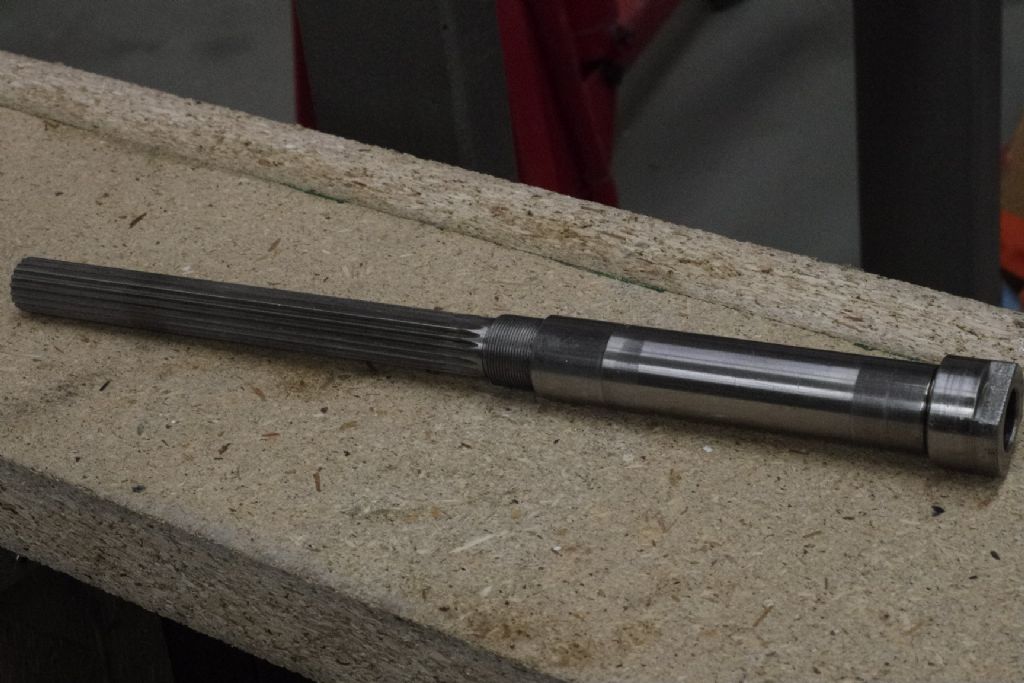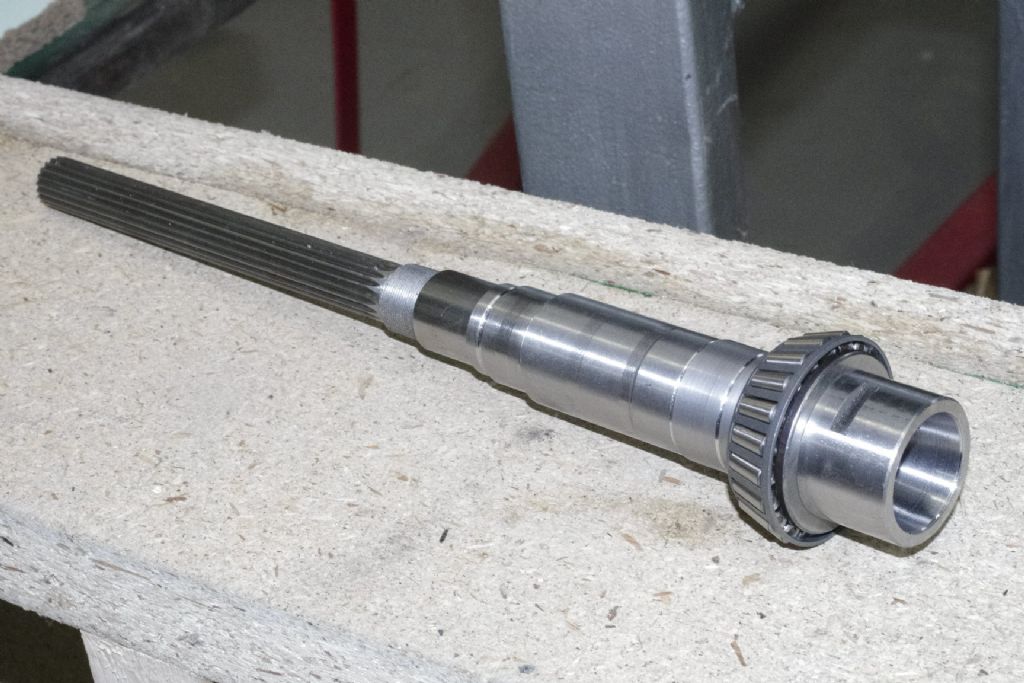Posted by Hopper on 21/08/2022 00:11:17:
Posted by SillyOldDuffer on 20/08/2022 16:12:35:
Posted by Hopper on 20/08/2022 15:27:50:
Posted by SillyOldDuffer on 27/06/2022 16:36:44:
Tapping the drawbar to release the MT tooling doesn't worry me because I couldn't find any solid evidence it actually damages the bearings…
Those folk would include all the bearing manufacturers whose installation literature says not to bang on bearings with hammers because it causes brinelling and early bearing failure. …
Bearing manufacturers do give that "don't hit" advice and their reasons are convincing. Against that Morse Tapers have been ejected on a large scale by tapping the drawbar for about 150 years and I've never seen mention of a failed bearing.
I can think of a few reasons why the failure rate might appear to be low…
Let's agree Hopper's Law: "Thou shalt not fit new bearings to machines with a hammer just because a Silly Old Duffer on the internet said its OK to tap MT drawbars ."
Dave
Let's not get too carried away. 
…
But IIRC the little Bridgeports had a drawbar you whacked with a hammer ( or the spanner in your hand already if the leading hand was not looking) but they were an R8 or similar self-releasing taper that did not require the kind of whack a self-locking Morse taper would require. That is possibly one reason Bridgey changed from Morse to R8 in the first place.
…
We appear to be enjoying a violent agreement!
Your comment 'they were an R8 or similar self-releasing taper that did not require the kind of whack a self-locking Morse taper would require', reminded me of another reason Morse Tapers aren't the best system ever invented. It is that the drawbar can be overtightened by the operator and if he does this to a cold tool inserted into a hot machine the resulting grip is hard to break. Worse if the assembly is left for a long time and the oil gums or the metal corrodes slightly.
Clean MT tapers in good condition don't seem to need the drawbar to be tightened much, and in my workshop MT tapers release with tap or three.
- Drawbar, finger tight plus about 3/4 of a turn with a spanner: certainly not spannered down hard.
- With the drawbar undone 3 or 4 turns, the taper is released by a medium sized hammer driven by a flick of the wrist into an Aluminium pad that protects the drawbar nut.
I've not experimented properly, but small hammers swung hard don't seem to break the taper efficiently, and neither do big hammers. I suspect the timing of the impact is as important as the amount of energy in the blow. Small hammers move fast, but have insufficient weight in the head, whilst big hammers have plenty of energy, but move too slowly. There's a sweet spot.
The sharp tap I give the drawbar is far from bang bang ferocious and I don't worry about it. Would be interesting though to spend a day inserting and removing MT taper tools before stripping the machine down and inspecting the bearings with a microscope.
I have a notion that most of the energy in a successful taper release is dissipated as heat because work (physics definition) is done against friction. The amount of energy reaching the bearing might be quite low. Not so if the blow doesn't break the taper; then the energy must end up in the bearing and might damage it.
Dave
Kelvin Jouhar.









